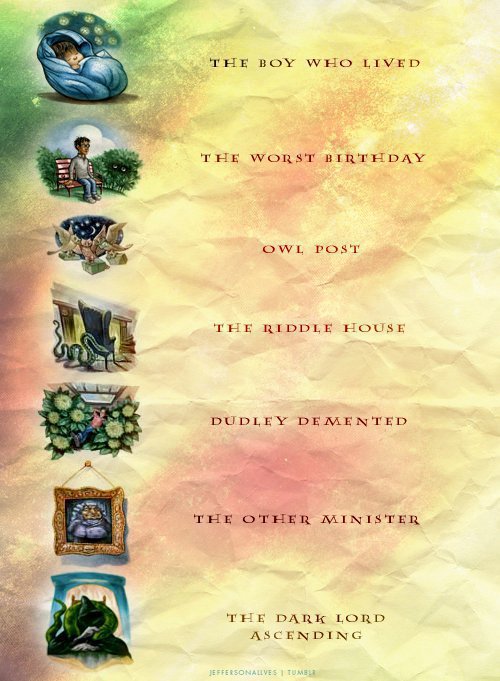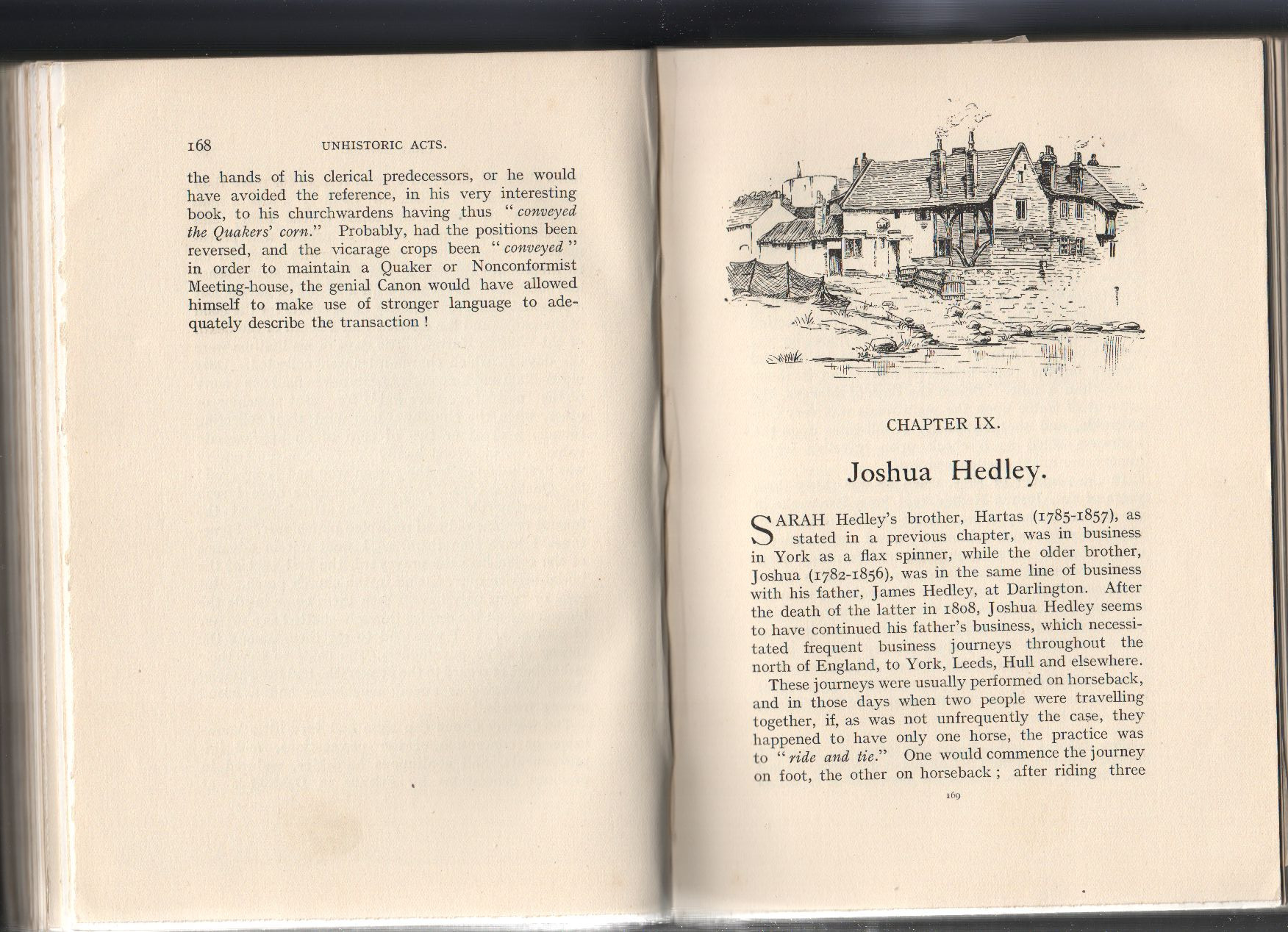

Quite often, I found myself returning to old chapters during the draft to reference, tweak, and even polish specific scenes with mythology and character links to later ones. As a personal example, I did the first draft of ‘The Cat’s Maw’ in a program called Storyist. To me, that’s the magic of narrowing your focus to laser-width – if something shakes your concentration when you’re perspective is so pinpointed, then chances are it’s an issue that needs addressing.ĭo you find that it’s harder to spot mistakes in a document that you’ve crafted until you see it on a different screen, or as a hard copy? That’s because the brain is so good at skipping over flaws in what it already ‘knows’, and drawing efficient conclusions versus accurate ones. As you’re doing this, you can take notes on story and character tweaks or rewrites that need to be made on the final pass. Then whip out a thesaurus for the next, plumping up those vocabulary neurons in the process. Focus on one chapter (or even a single scene) per editing day. So, accepting that, you might want try and be a wacky reductionist with your next editing exercise. Heck, I’ve tried to accomplish everything on my checklist in a single edit pass, and it only ever resulted in something ‘good’ ( lower case G), never Great. But from my admittedly X/Y perspective, editing seems to command a level of specific, granular concentration in order to be effective. Some would say this a shortcoming that one is saddled with as a card-carrying member of the weaker, hairier, mouth-breathing-ier sex. I can ‘technically’ do more than one thing at a time, but I certainly don’t do said things well. I may be a double-Gemini, but I suck at multi-tasking. Try treating the edit as a Bizarro thing, or even a Costanza - do the opposite. Your first draft was likely created in a surreal, dreamy, frenzied blur. Were you writing from 9-3pm every day? Try editing in the evening, and not for more than 3-4 undisturbed hours at a stretch. Did you hammer out the draft in a coffee shop? Do this pass in the library. To get your brain into the editing frame, it helps to create a little novelty – to acknowledge that you’re engaged in something different and new. Do you polish them on the same schedule as the miners dig on the other side of the world? Unlikely. Release your inner vice-principal/dominatrix, so your agents and publishers won’t need to.ĭo you cut diamonds in the same location you mine them? Rarely. This is one of the few times in life when you should be encouraged to unleash your control-freak, hyper-critical, whip-wielding self, and that mindset takes a while to summon and adjust to operating. If the draft process is about surrender/subconscious/right-brained/flow/yin energy, then the edit is the opposite. This is an essential part of the process, allowing you to detach and switch gears to a more objective, left-brained perspective.
#STORYIST NAMING YOUR CHAPTERS PRO#
So, as a semi-pro ‘jeweler’ with a freshly-mined stone under his glass, I wanted to pass on five techniques - you might call them rituals - that have proven invaluable in focusing the eye, steadying the hand, and keeping the diamond drill stinkin’ sharp.Įvery pro I respect suggests throwing a completed first draft ‘in a drawer’ (virtual, or otherwise) for a least a couple of weeks. Which makes the hardest part – the detailed cutting and polishing phases, which give the stone its unique beauty and shine - the edit. The first draft is digging and sifting until you find the raw stone. The story outline is where one surveys the land and takes soil samples.

Writing in prose has only reaffirmed that for me. You see, in keeping with my oft-stated transmedia philosophy, Storytelling (on singular or multiple platforms) is akin to the mining, cutting, and polishing of a precious gem. And, unless you’re a complete tool, said thing will resemble an actual ‘story’, with words and paragraphs and dialogue and chapters and a beginning, middle, and end. So, if your outline was strong enough, and your characters were clearly defined, and you respected your narrative roadmap (no matter how many shortcuts or off-road excursions you indulged in along the way), you’re gonna end up with something. That’s why I actually enjoyed the NaNoWriMo exercise – you show up, put your head down, and commit to your daily word count. When you’re launching an initial assault on the blank page, there’s a leap-into-the-void, roll-the-goddamn-dice, what’s-the-worst-that-can-happen? kinda quality to the whole thing. I’m about to edit a book. Seems like a straightforward mission statement, right? But for me, the prose editing process generates a special, singular kind of fear.


 0 kommentar(er)
0 kommentar(er)
